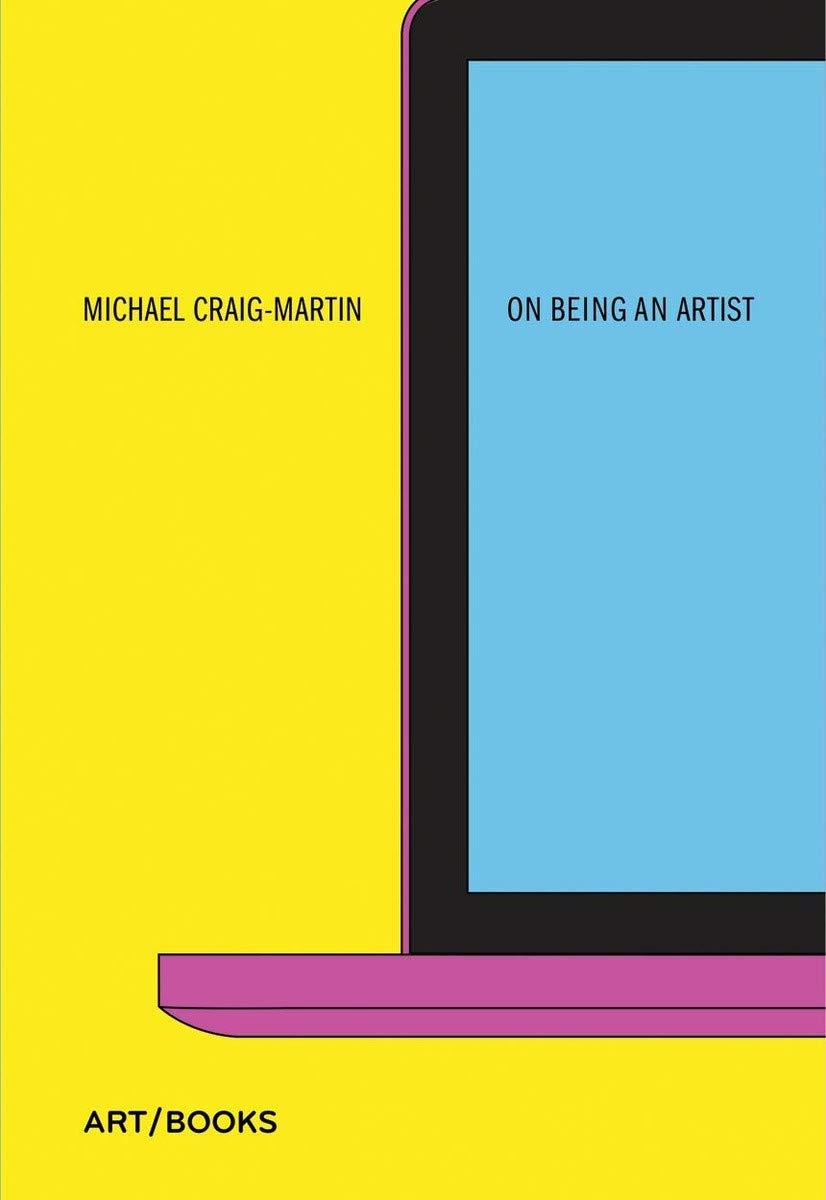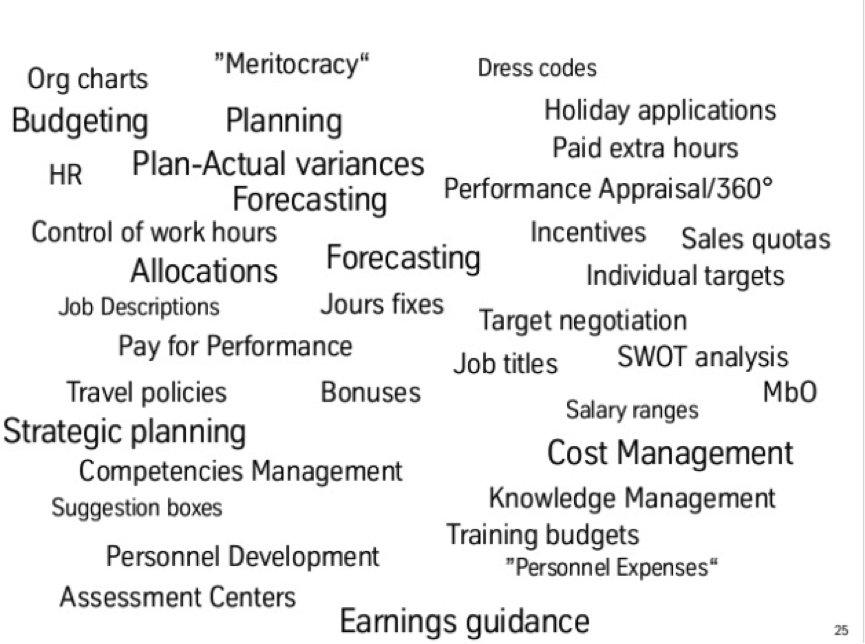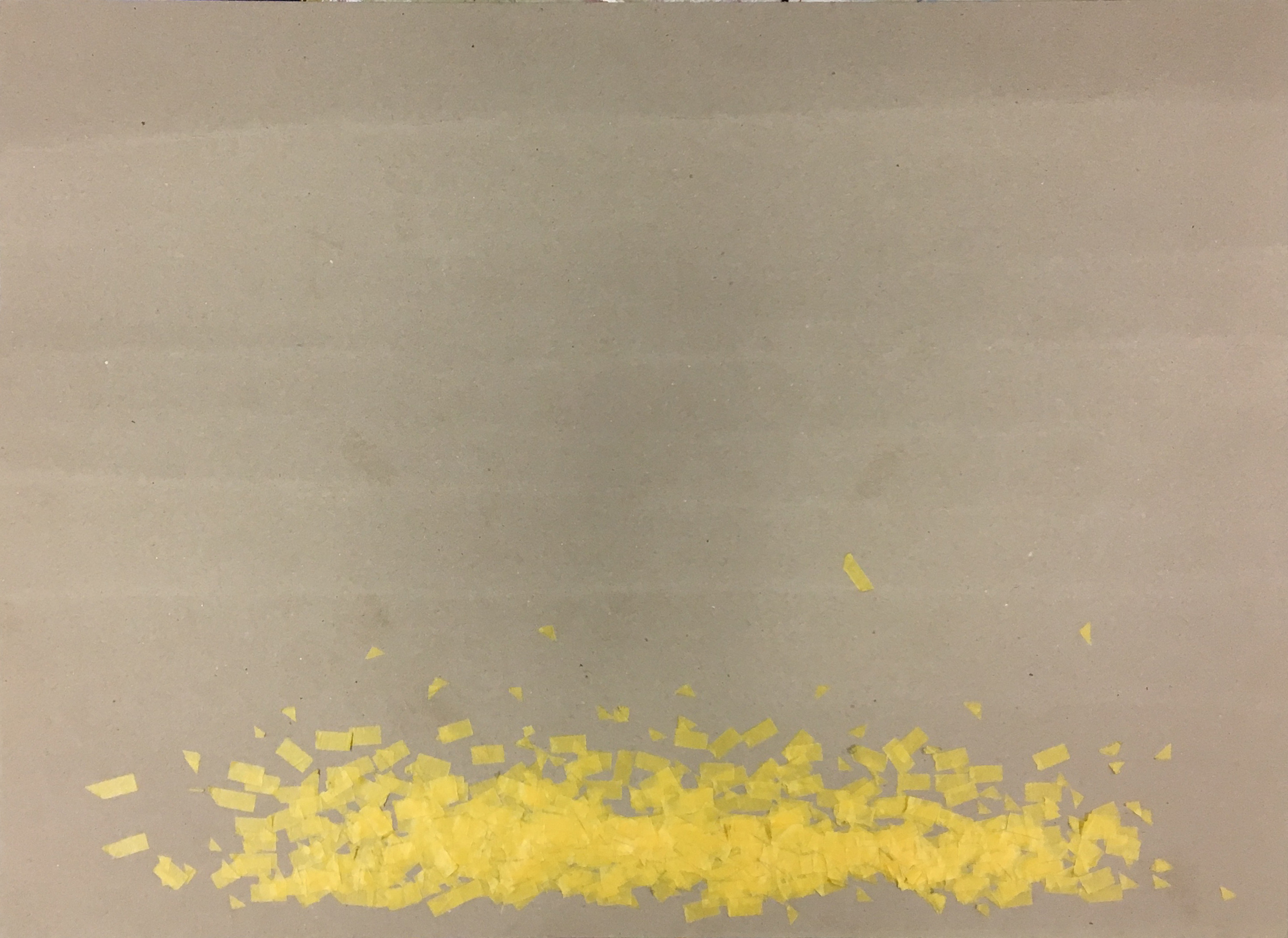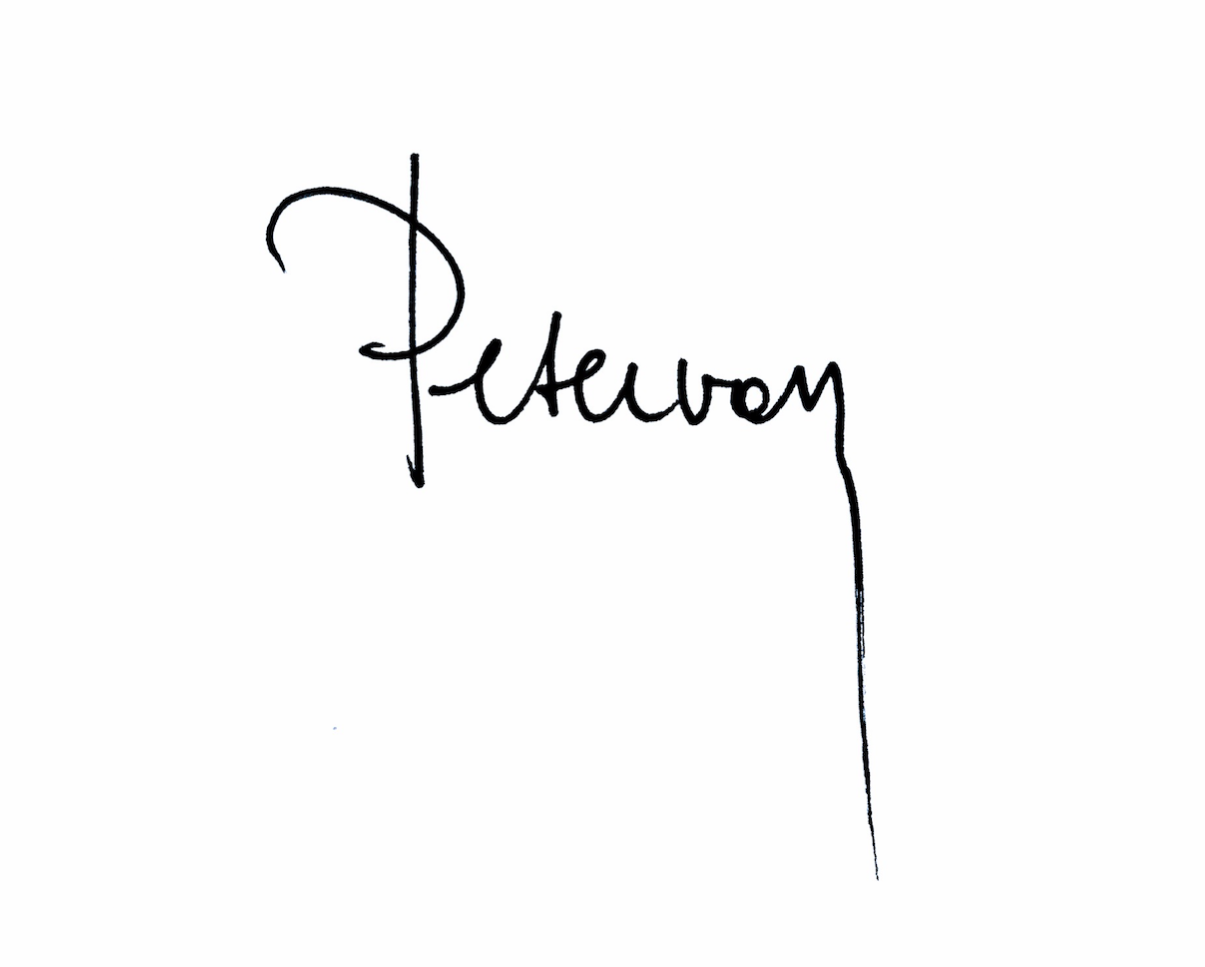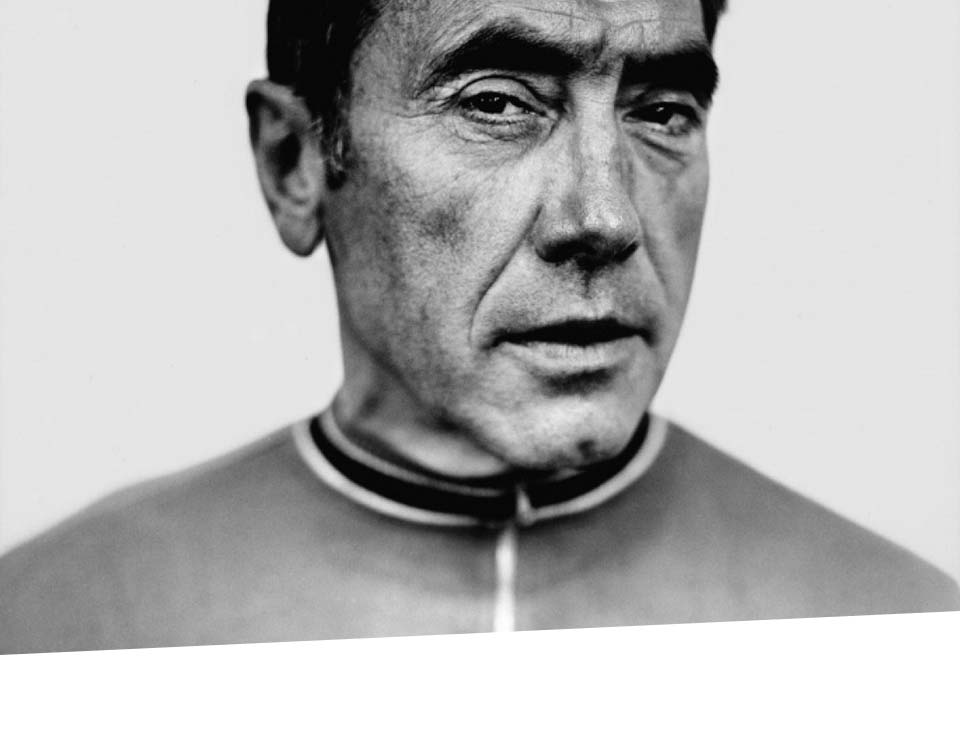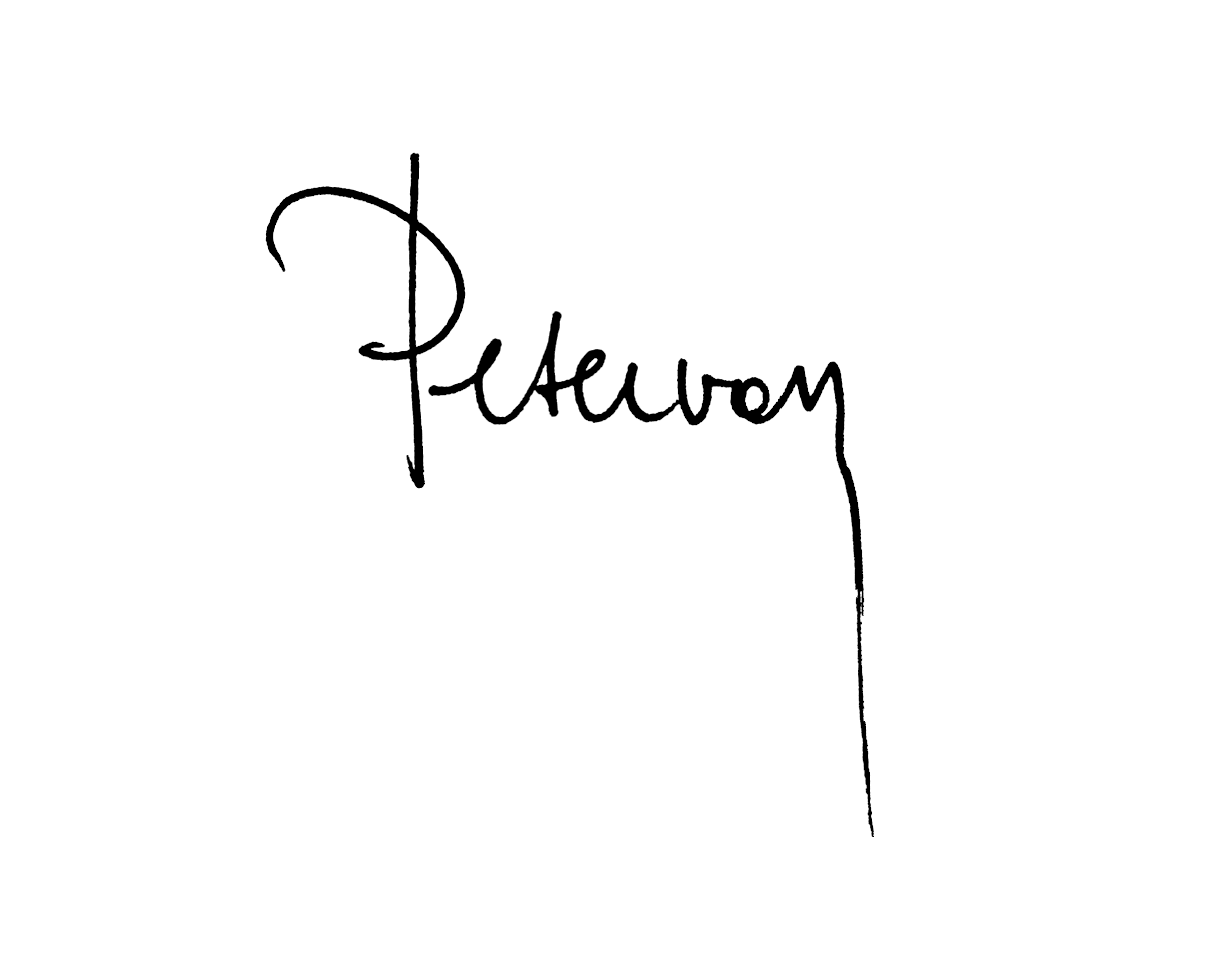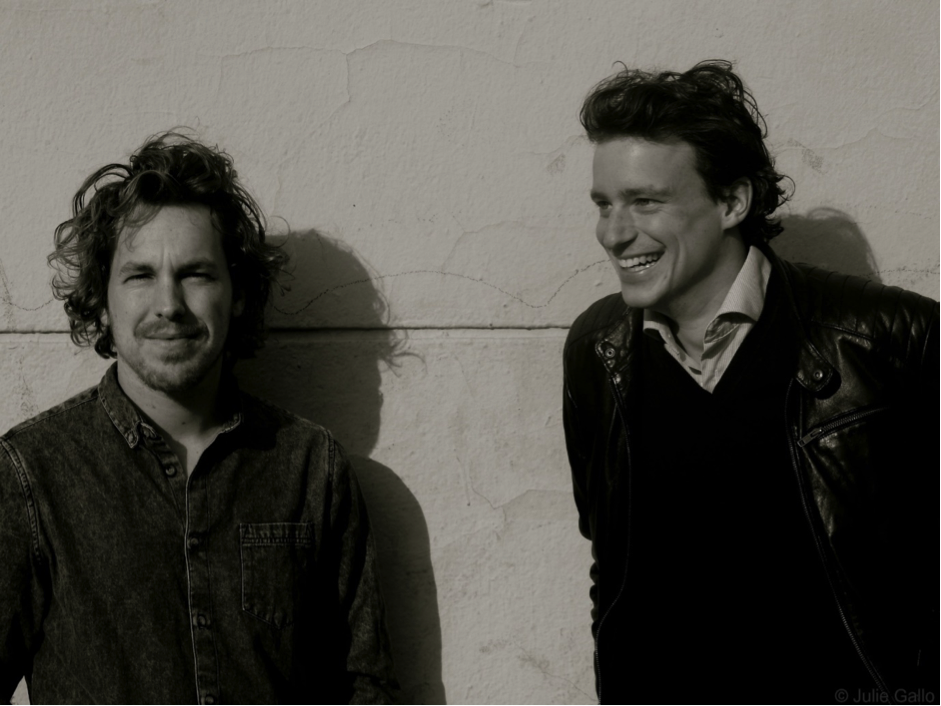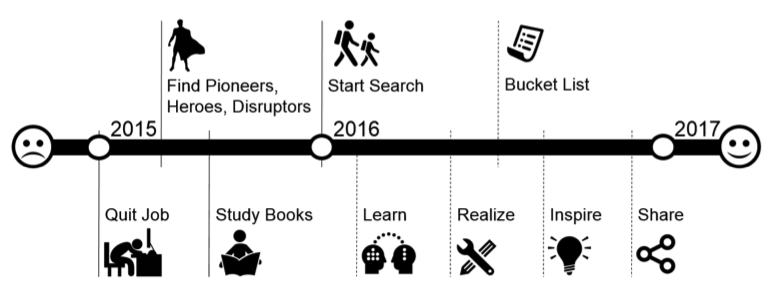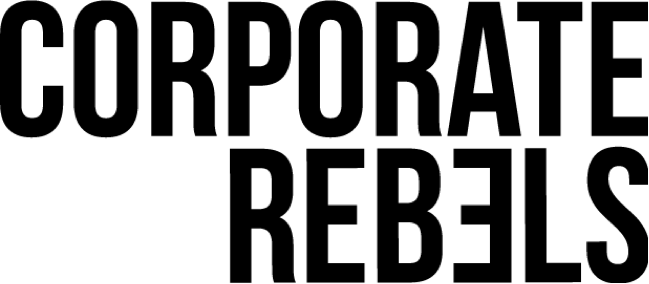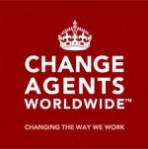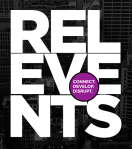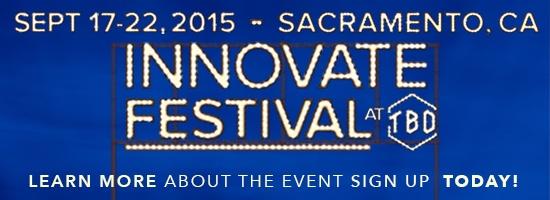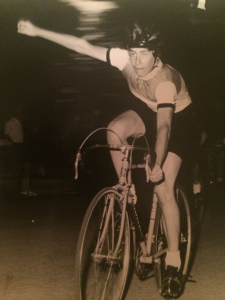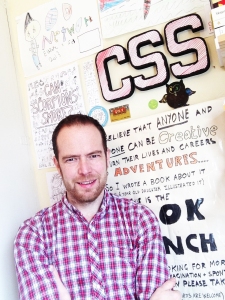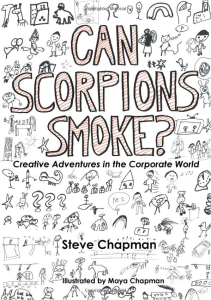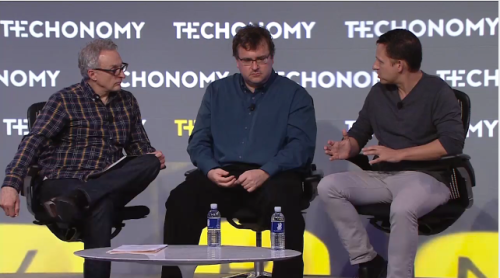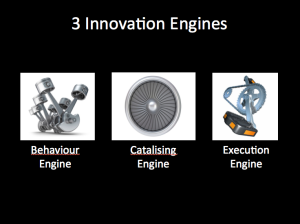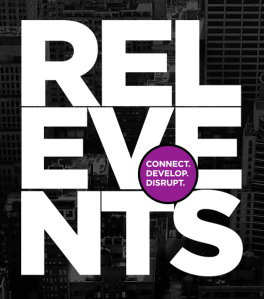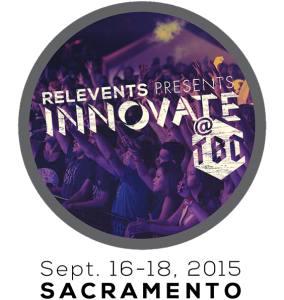As mentioned in my recent inspiration post, this is the book that Nick Ervinck suggested to get me going on professionalizing my art practice. But it clearly also had an effect on my other practices.
Michael Craig-Martin is often described as the godfather of the Young British Artists (YBA) of the 1980s and 1990s. Shame on me that I knew little about YBA and even less about Michael Craig-Martin. That ignorance was also an advantage, as I could read the book without prejudice.
The book is a series of short stories and episodes on the many ideas, events, and people that have influenced Craig-Martin during his rich artistic life.
I really liked the book, and I liked the cut-the-crap approach of all the things you are supposed to do or not do as an aspiring artist.
For this post, I picked the story ”On the three stages of twentieth-century art”, and gave it a twist that relates more to my Scaffold practice than to my art practice.
Craig-Marting described in that story the three stages of RADICALIZATION of art:
Radicalization of Form
Radicalization of Materials
Radicalization of Content
Together these three radicalizations lead to:
“A vast EXPANSION in the scope of what art can look like, be made of, and be about”
One could say this expansion formed the foundation for “contemporary” art.
I feel attracted to the words “contemporary” and “avant-garde”.
Probably because they seem to suggest novelty, modernity, and some level of gentle subversive aesthetic, less prone to the temporalities of fashions or trends.
It seems that art movements could also be considered precursors of business movements, and how we can and have to recalibrate our insights (or lack thereof) in innovation in corporate environments.
The quote above smells a lot like what many spontaneous and enthusiastic people feel and experience when they want to enable positive change in the corporate environment. I have come across that resistance many times in my corporate career. And it breaks my heart to see how again today, many organizations smell a conservative ambiance and favor moderation rather than radicalism, caution rather than risk.
How can we create an environment where these young, bright enthusiasts can thrive and not be suffocated in their endeavors by non-contemporary organizations and teams?
What would be the radicalizations that lead to a contemporary business, an avant-garde business, or some form of corporate radicalism?
Take a quote again from Craig-Martin’s book (my emphasis):
“Taking an interest in contemporary art, the art of one’s own time as it is being made, is quite different from having an interest in the past, even the recent past. It involves a sense of participation, a pleasure in uncertainty, a willingness to have one’s assumptions challenged, a desire to be unsettled. Art holds a unique and critically important place in modern life precisely because it has not been afraid to take on board all the diverse and dangerously unpredictable creative activities rejected by the other arts. In a world where everyone and everything has to be accounted for, isn’t it of immense intellectual, aesthetic, social, and political importance that art provides a context for those creative activities that do not easily fit the system?”
A DESIRE TO BE UNSETTLED!
Imagine that!
I tried to re-write and adapt this paragraph for a contemporary corporate spring:
“Taking an interest in contemporary business, the business of one’s own time as it is being made, is quite different from having an interest in the past, even the recent past. It involves a sense of participation, a pleasure in uncertainty, a willingness to have one’s assumptions challenged, a desire to be unsettled. Radical organizations and teams hold a unique and critically important place in modern life precisely because they are not afraid to take on board all the diverse and dangerously unpredictable creative activities rejected by the conservative ambiance. In a world where everyone and everything has to be accounted for, isn’t it of immense intellectual, aesthetic, social, and political importance that organizations provide a context for those creative activities that do not easily fit the system?”
I believe corporate radicalism and corporate radicalists are something quite different than the romanticized and heroic take on misfits, dreamers, rebels, etc. We have to move way beyond corporate rebellion.
We need corporate radicalism in:
Form
Materials
Content
What are the corporate forms, materials, and content that need expansion?
We need contemporary, avant-garde, radical businesses that account for the intended and unintended consequences ànd opportunities. Organizations that are inclusive in all aspects. Companies that desire to be unsettled. Institutions that desire societal, moral, and aesthetic advancement.
This will require a different type of learning, formation, education, or training. Not only exploring the STEM (Science, Technology, Engineering, Mathematics) and Production dimensions of their business, but also daring to (re)compose and live out loud new exciting and daring narratives, set high ethical and moral standards, and embrace new aesthetics.
That new type of learning must resemble what Michael Craig-Marting describes as an ideal art school. Just drop the word art, and you may get an idea of what 21st-century corporate education and formation may look like.
We need to radically rethink corporate business schools.
We need radical schools for radical times.
We need to train, form, and build radical organizations.
How can we scaffold such a school?
What is needed to take the leap of faith for being re-trained like that again?

